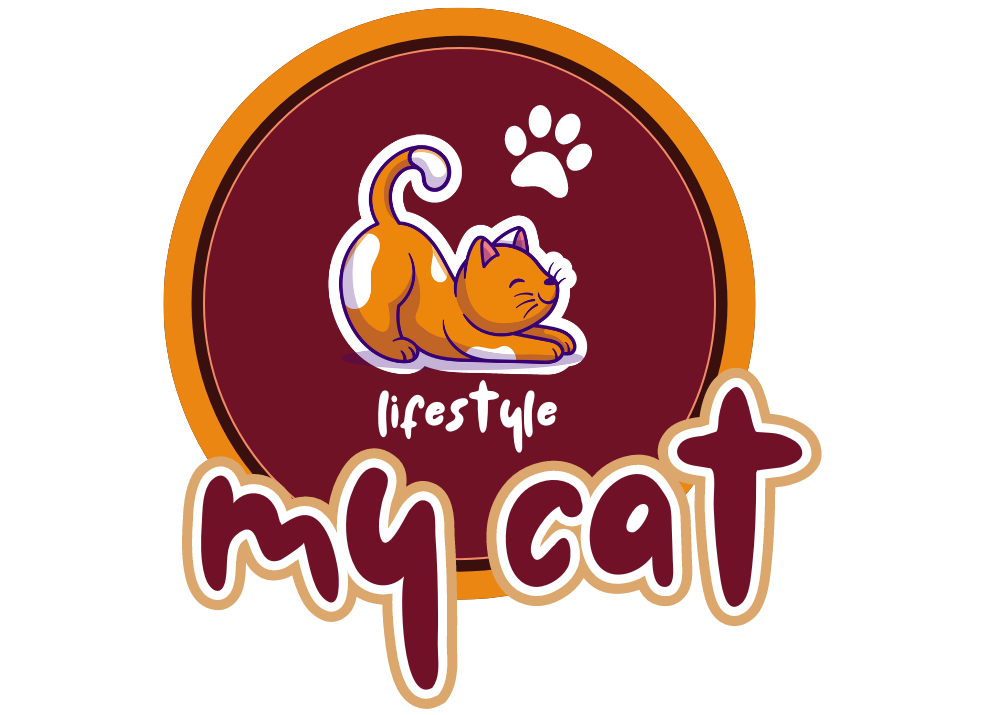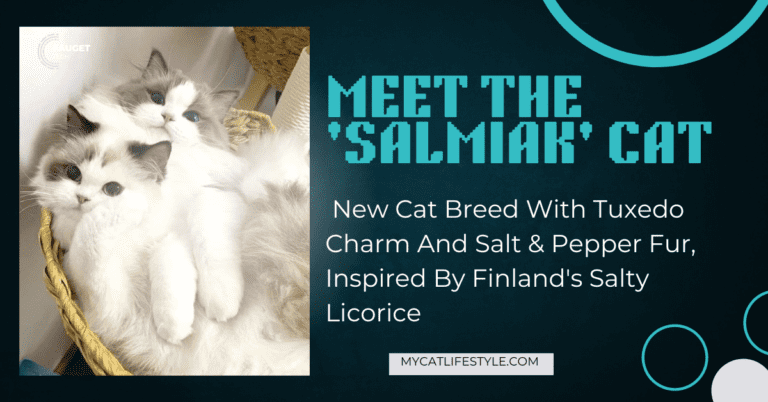Would You Trust a Robot to Look After Your Cat?
Scientists at the University of Nottingham, in collaboration with artists from Blast Theory, have unveiled Cat Royale, a unique multispecies habitat. This installation features three cats and a robotic arm living together in a custom-designed space, active for six hours daily over a twelve-day period.
“Robots are seamlessly integrating into our daily routines, taking over tasks ranging from household cleaning to lawn mowing, and even assisting in hospitals,” noted Professor Steve Benford and his team from the University of Nottingham.
The increasing presence of robots in our lives means they are more frequently coming into contact with both domestic and wild animals. These interactions can occur as unplanned events, such as cats hitching rides on robotic vacuum cleaners or guide dogs puzzled by autonomous delivery bots. However, they can also be by design, specifically aiming to benefit the animals themselves.
“Despite the growing number of these interactions, whether incidental or deliberate, there remains a gap in our understanding of how to tailor robot design for animals. Is it really safe to entrust our pets to robots?” they ponder.
Cat Royale represents a groundbreaking attempt to craft a home robot that enhances cat welfare through interactive play. As observed by researchers Schneiders and colleagues, successful cat care by robots extends beyond the robot’s design to include the environment and human interaction, essential for a holistic approach. This insight was noted alongside the launch of Cat Royale at the 2023 World Science Festival in Brisbane, which has since earned a Webby award for its innovative concept.
The installation includes a robot arm that engages cats with various activities such as moving a ‘mouse’ toy across the floor, lifting a feather ‘bird’, and dispensing treats.
Subsequently, the developers programmed an AI to analyze which games appealed most to the cats, allowing for a customized play experience for each feline.
“While on the surface, the project may seem to simply entertain cats, it also delves deeper into the broader implications of trusting robots with our beloved pets and possibly, in the future, ourselves,”
Professor Benford explained.
In developing and evaluating Cat Royale alongside Blast Theory, insights were gained into not only robot design but also its interaction dynamics with cats. The design process involved configuring the robot to manipulate toys in a manner that captivated the cats and learning their preferences.
Moreover, the environment was carefully planned to ensure it was conducive for the cats to safely interact with the robot. This included creating hiding spots and vantage points for the cats and designing the area to enhance the robot’s ability to detect the cats’ movements.
Dr. Eike Schneiders of the University of Nottingham added,
“Building a multispecies ecosystem that considers cats, robots, and humans demands more than just robotic design. It necessitates a comprehensive approach that prioritizes animal welfare and engages global audiences.”
This project was showcased at the CHI 2024 conference in Honolulu, emphasizing the intertwined roles of robot design, interior architecture, and AI in creating effective multispecies living spaces.

